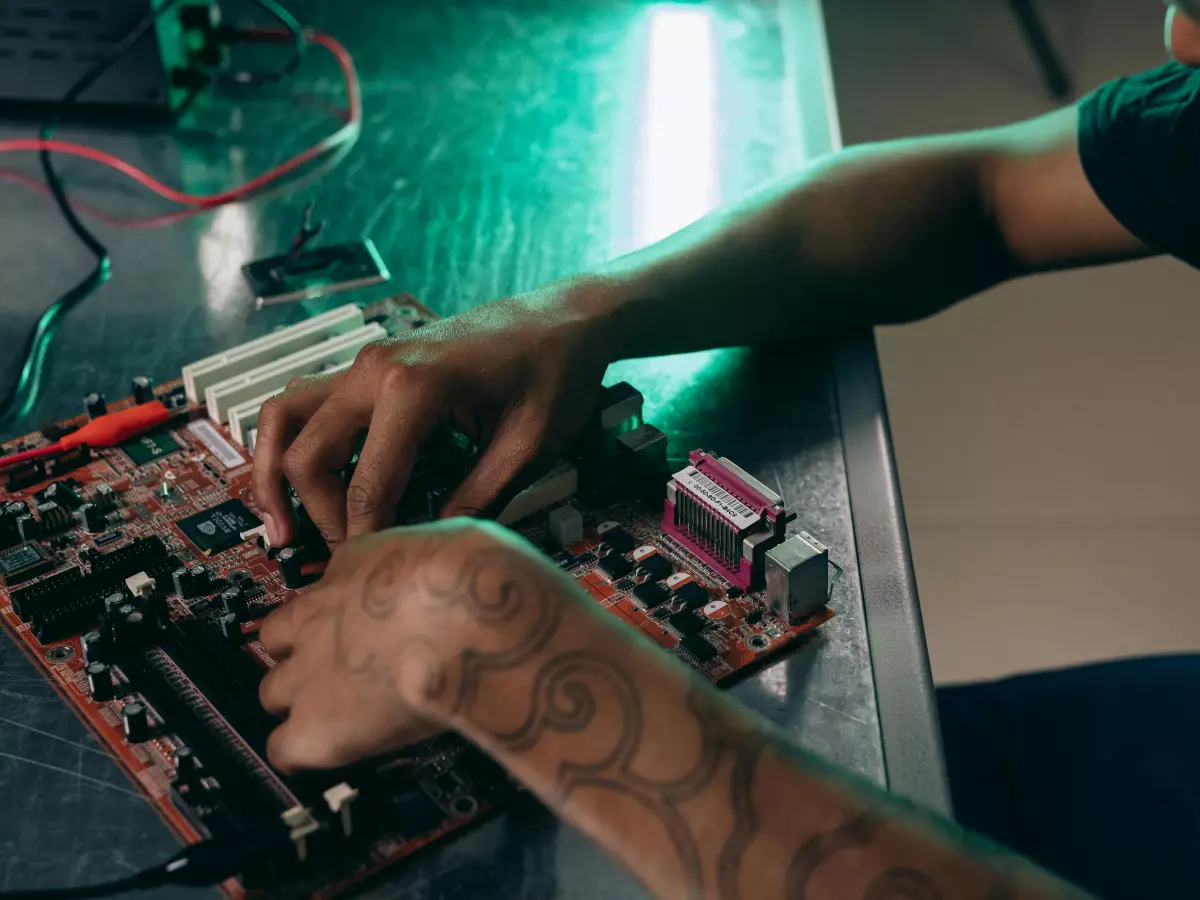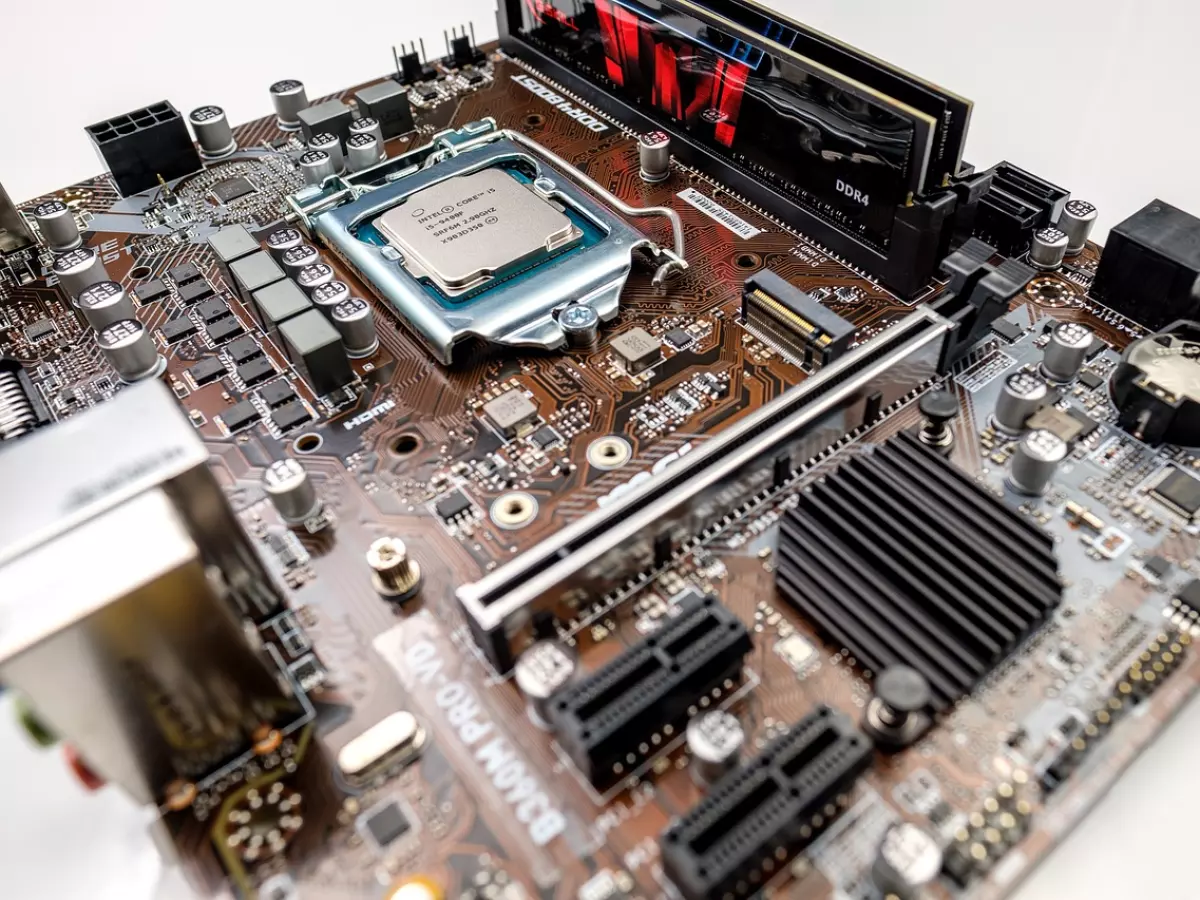CPU Optimization
Think your CPU is maxed out? Think again. There's a lot more to optimizing your processor than just upgrading to the latest model. Ready to unlock its full potential?

By Alex Rivera
Back in the early days of computing, CPU optimization was a bit of a dark art. You had to tweak BIOS settings, manually adjust clock speeds, and hope your machine didn’t overheat. It was a time when every megahertz counted, and enthusiasts would spend hours squeezing out every ounce of performance from their silicon. Fast forward to today, and while CPUs have become more powerful and efficient, the need for optimization hasn’t gone away. In fact, with modern multi-core processors, there’s even more potential for fine-tuning.
But here’s the thing: most people don’t even realize their CPU is underperforming. They assume that as long as the computer turns on and runs their favorite apps, everything’s fine. Spoiler alert: it’s not. Your CPU is probably working harder than it needs to, and with a few tweaks, you can free up resources, reduce heat, and even extend the life of your processor.
1. Manage Background Processes
Let’s start with the low-hanging fruit: background processes. Your PC is constantly running tasks in the background, many of which you don’t need. These processes eat up CPU cycles, leaving less power for the apps you actually care about. To fix this, open your Task Manager (Ctrl + Shift + Esc) and take a look at what’s hogging your CPU. You’ll be surprised at how many unnecessary programs are running. Disable or uninstall anything you don’t need.
Pro tip: Some apps, like antivirus software, are notorious for running background scans that can slow down your system. Make sure to schedule these scans for times when you’re not using your PC.
2. Optimize Power Settings
Believe it or not, your power settings can have a huge impact on CPU performance. By default, many PCs are set to “Balanced” mode, which tries to conserve energy by limiting CPU power. While this is great for battery life, it’s not ideal for performance. Switch to “High Performance” mode to give your CPU the green light to run at full speed.
To do this, go to Control Panel > Power Options and select “High Performance.” Just keep in mind that this will use more power, so if you’re on a laptop, make sure you’re plugged in.
3. Update Your Drivers
Outdated drivers can cause all sorts of performance issues, especially when it comes to your CPU. Manufacturers regularly release updates that improve efficiency and fix bugs, so it’s important to keep your drivers up to date. This is especially true for your chipset and CPU drivers, which directly impact how your processor communicates with the rest of your system.
To update your drivers, you can either use Windows Update or go directly to the manufacturer’s website. Just make sure you’re downloading the correct drivers for your specific hardware.
4. Disable CPU Throttling
CPU throttling is a feature designed to reduce power consumption and heat by lowering the clock speed of your processor. While this can be useful in certain situations (like when you’re running on battery power), it can also limit your CPU’s performance. If you’re looking to squeeze out every bit of power, you may want to disable throttling.
You can do this by going into your BIOS settings and disabling Intel SpeedStep (for Intel CPUs) or AMD Cool’n’Quiet (for AMD CPUs). Just be aware that this will cause your CPU to run at full speed all the time, which can generate more heat and use more power.
5. Use CPU Affinity
Ever notice that some apps seem to hog all your CPU power, while others barely use any? That’s because Windows doesn’t always distribute tasks evenly across your CPU cores. By setting CPU affinity, you can manually assign specific apps to specific cores, ensuring a more balanced workload.
To do this, open Task Manager, right-click on the app you want to manage, and select “Go to details.” Then, right-click on the process and select “Set affinity.” From here, you can choose which cores the app will use.
6. Clean Your PC
Yep, you read that right. Dust and dirt can clog up your PC’s cooling system, causing your CPU to overheat and throttle its performance. If your CPU is running hot, it won’t be able to perform at its best. Regularly cleaning your PC’s fans and heatsinks can help keep temperatures down and ensure your CPU is running at full speed.
While you’re at it, consider reapplying thermal paste to your CPU. Over time, thermal paste can dry out and lose its effectiveness, leading to higher temperatures. A fresh application can make a big difference.
7. Overclocking (With Caution)
Okay, this one’s not for the faint of heart. Overclocking involves pushing your CPU beyond its factory-set limits to achieve higher performance. While this can give you a significant boost, it also comes with risks. Overclocking generates more heat and can shorten the lifespan of your CPU if not done properly.
If you’re new to overclocking, start by researching your specific CPU model and its overclocking potential. Use software like MSI Afterburner or Intel XTU to gradually increase your clock speed, and always monitor your temperatures to avoid overheating.
8. Upgrade Your Cooling System
If you’re serious about optimizing your CPU, you might want to consider upgrading your cooling system. Stock coolers are fine for everyday use, but if you’re pushing your CPU to its limits, you’ll need something more robust. A good aftermarket air cooler or liquid cooling system can help keep temperatures down and ensure your CPU is running at peak performance.
Remember, a cooler CPU is a faster CPU. The less heat your processor has to deal with, the more efficiently it can run.
In the end, optimizing your CPU isn’t just about raw power—it’s about balance. By managing background processes, tweaking power settings, and keeping your system cool, you can unlock your CPU’s full potential without ever upgrading your hardware.
As the legendary computer scientist Donald Knuth once said, “Premature optimization is the root of all evil.” But when done right, optimization can be the key to a faster, more efficient PC.





